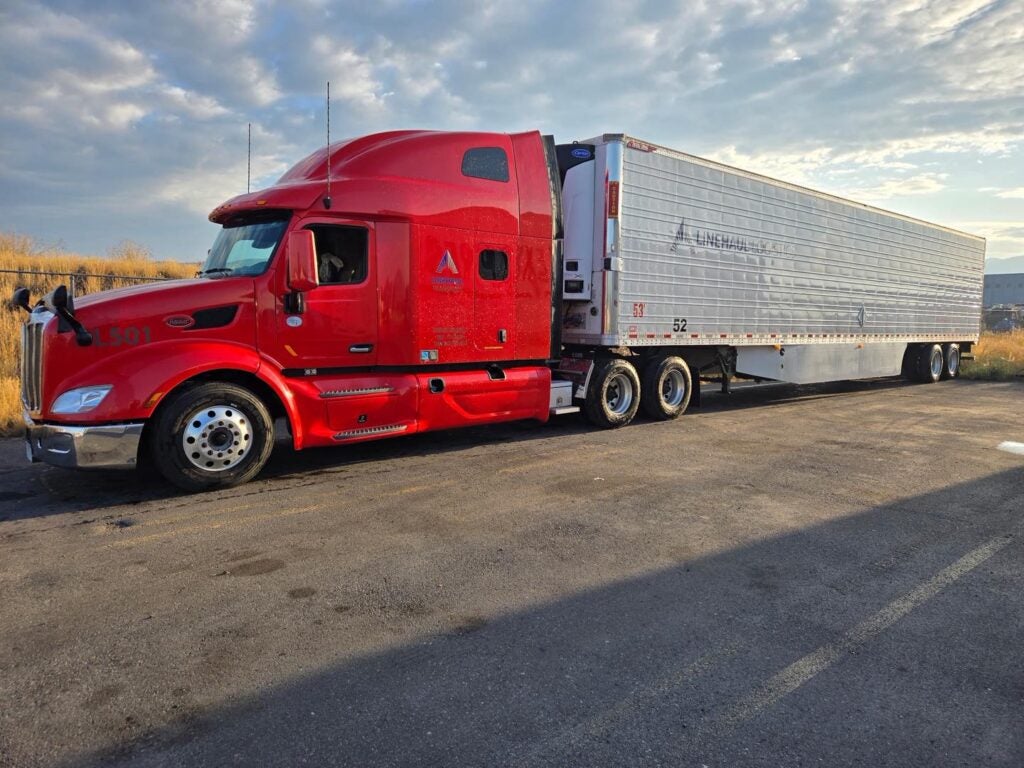 The long-simmering debate on whether to raise the minimum amount of insurance required of carriers could soon start to boil. Last month, the FMCSA submitted an Advance Notice of Proposed Rulemaking that recommends raising the limit, though it doesn’t specify a dollar amount. If the minimum is raised, it would have wide-reaching effects across the entire trucking industry, touching supply chains everywhere.
The long-simmering debate on whether to raise the minimum amount of insurance required of carriers could soon start to boil. Last month, the FMCSA submitted an Advance Notice of Proposed Rulemaking that recommends raising the limit, though it doesn’t specify a dollar amount. If the minimum is raised, it would have wide-reaching effects across the entire trucking industry, touching supply chains everywhere.
Below are 5 reasons why this might give brokers cause for concern:
1. Higher Costs. The current minimums of $750,000 for general freight and $1 million for hazardous material have been in place since 1985. According to the FMCSA, had those amounts kept pace with inflation, the minimum would be anywhere from $1.6 million to $3.2 million, depending on whether you use the consumer price index or the medical consumer price index.
Insurance is one of the biggest fixed costs for a trucking company, and Transport Topics estimates that increasing the insurance minimum to $1.5 million would raise premiums about 25 percent. For many carriers, the cost of doing business would increase dramatically, and finding trucks to cover your loads will become more expensive.
2. Tighter Capacity. A 25 percent increase in insurance expenses is enough to put a number of owner-operators and small carriers out of business, further tightening truckload capacity that’s already feeling the squeeze. And these insurance minimums are tied to equipment rather than the business as a whole, meaning some carriers won’t be able to maintain the same number of trucks. Insurance premiums also tend to be highest in the first three years of coverage, creating another barrier to entry for would-be carriers.
At the ATA Management Conference and Exhibition in San Diego last month, economist Bob Costello told attendees that ATA members lost 3.5 percent of their total driver capacity this year, the first decline in seven years. The new HOS rules have decreased productivity across the board, and load-to-truck ratios have remained consistently elevated since last winter’s storms halted trucks across the country.
3. Today’s Rates Will Become the New Norm. Rates have remained elevated across all equipment types, and the national average for vans has stayed above $2.00 per mile for most of the year. In September, spot market rates for van, reefer, and flatbeds ranged from 9.2 to 11 percent higher than they were at the same time last year. If the new insurance minimum rule passes, these rates that seem elevated now could become the price floor.
4. Less Competition. The Trucking Alliance, a lobbying group that includes seven large carriers, submitted a study earlier this year with the hopes of convincing the FMCSA to prioritize the issue. The proposed regulation would increase the minimum “financial responsibility” of each carrier. For smaller carriers, that means insurance coverage, but the largest carriers often use other resources to satisfy the minimum liability amounts, either by posting bonds, letters of credit, or some other financial means.
Increasing the minimum financial responsibility could remove significant competition from the marketplace and further concentrate truckload capacity to larger carriers, many of which don’t accept brokered freight.
5. Unnecessary Regulation. Many industry groups argue that the insurance increase is not necessary and will unintentionally contribute to a loss of truckload capacity.
The Trucking Alliance study looked at 8,600 settlements for accidents occurring between 2005 and 2011, and even though the group supports raising the minimum, they still found that only 1 percent of those claims were settled for more than $750,000. But according to the study, those settlements were so far above the minimum that they created an enormous uninsured liability.
The ATA also conducted a study based on data from two of the 10 largest trucking insurers, and it included 10 times as many settlements as the Trucking Alliance research. Of the trucking companies included in the ATA study, 93.5 percent were already insured at $1 million or more. The study also concluded that there’s only a 1.4 percent chance of a claim exceeding $500,000, and a 0.73 percent chance of a claim more than $1 million. As an average, the cost of each crash is $11,229.
The Department of Transportation’s own report, conducted as part of the examination of current minimums, found that only 74 crashes nationwide exceed the minimum liability each year. Landline Magazine notes that, depending on whose research you use, 75 to 85 percent of the crashes are caused by passenger vehicles, meaning truck drivers have caused fewer than 20 crashes a year that have result in settlements exceeding the current minimums.
DAT Solutions supports any measure that promotes safety without negatively impacting productivity. At this point in the process, the financial impact of increasing carrier liability insurance needs to consider the reduced capacity such measures are likely to have.


